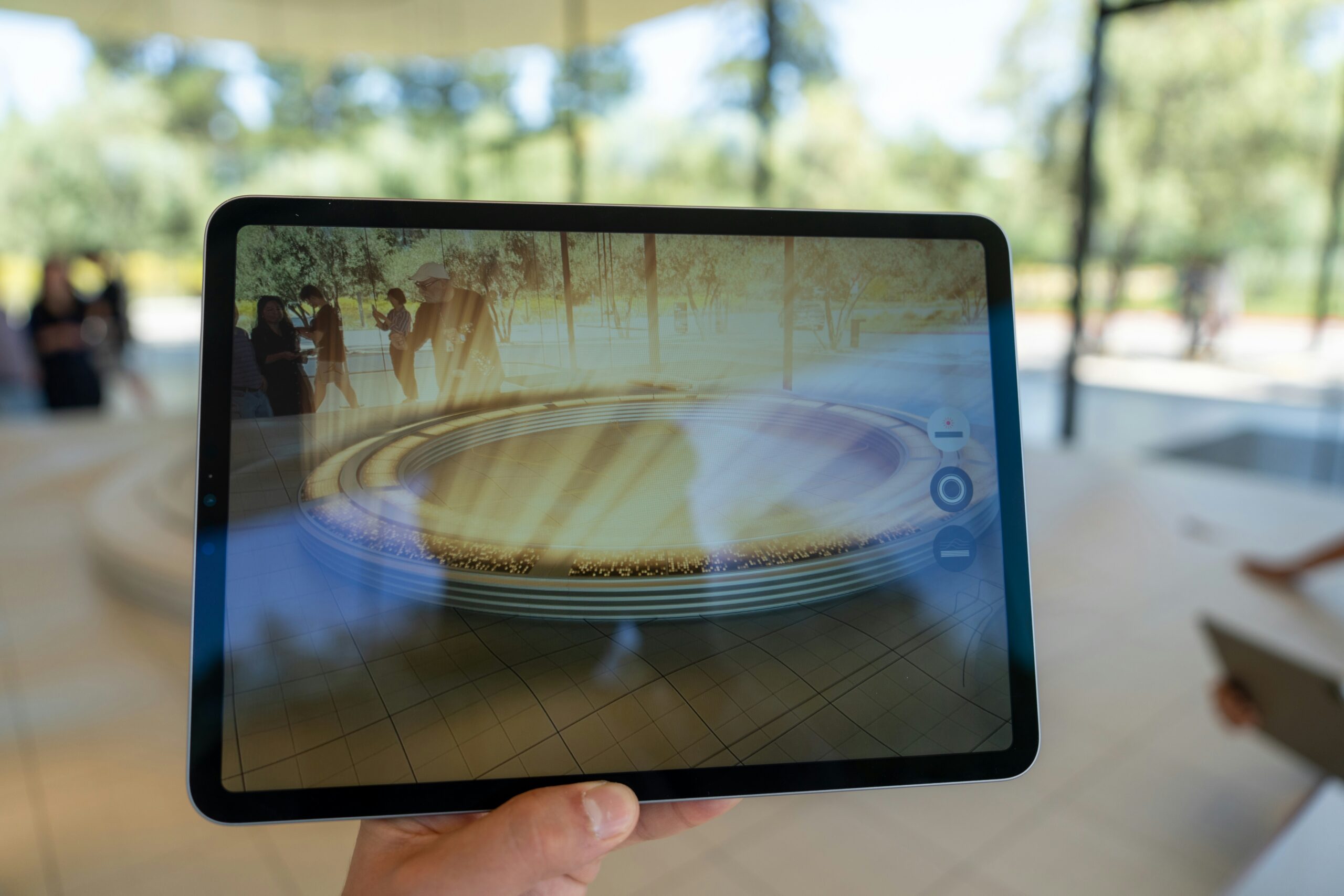How App Development Has Evolved Since 2024: A Look at the New Era of Innovation
July 10, 2025 | by qqvmedia.com

The world of app development has always been in constant motion, but the leap forward since 2024 has been particularly remarkable. With the rise of AI-enhanced tools, low-code platforms, and enhanced cross-platform frameworks, developers are building faster, smarter, and more powerful applications than ever before. Here’s a closer look at the major ways app development has improved in just the past year.
1. AI Is Now a Development Partner, Not Just a Tool
In 2024, AI was already helping with code generation, bug fixes, and documentation. But in 2025, it has become a full development assistant. Tools like GitHub Copilot X, OpenAI’s code interpreter, and purpose-built AI copilots are now deeply integrated into IDEs, providing:
- Real-time code reviews
- Context-aware refactoring suggestions
- Instant UI/UX mockups
- Test automation and generation
Developers no longer just “use” AI—they collaborate with it.
2. Low-Code and No-Code Platforms Have Matured
While low-code platforms were gaining traction in 2024, they’ve exploded in 2025. Today’s platforms like FlutterFlow, Appgyver, and OutSystems allow non-developers to build complex apps with logic, backend services, and custom APIs—without writing traditional code.
Key improvements include:
- Better performance parity with fully coded apps
- Enhanced visual editors
- Robust integrations with real-time databases and cloud services
Startups and small teams are now launching MVPs in weeks instead of months.
3. Cross-Platform Development Is Truly Seamless
Cross-platform tools like Flutter, React Native, and Kotlin Multiplatform have seen major upgrades since 2024:
- Better native performance
- Easier access to device APIs
- Unified UI/UX across platforms
Developers can now write once and deploy to iOS, Android, Web, and even desktop—without compromising on user experience or app responsiveness.
4. Backend-as-a-Service (BaaS) and Serverless Are Mainstream
Setting up and managing a backend is no longer a bottleneck. BaaS providers like Supabase, Firebase, and Appwrite have made server-side logic, authentication, and real-time data syncing plug-and-play.
Additionally, serverless architecture is now standard for modern apps, enabling developers to:
- Scale automatically
- Reduce infrastructure costs
- Focus more on core product features than server management
5. Security, Compliance, and Accessibility Are Built-In
In 2025, security is no longer an afterthought. Thanks to advancements in secure SDKs and compliance-ready templates, developers can easily:
- Implement biometric authentication
- Ensure GDPR/CCPA compliance
- Add end-to-end encryption with minimal setup
Plus, accessibility has improved thanks to better frameworks and government guidelines pushing for universal design in all applications.
6. DevOps and CI/CD Are Easier Than Ever
Modern CI/CD tools like GitHub Actions, Bitrise, and Codemagic have become more intuitive and deeply integrated with popular dev stacks. From automated testing to one-click deployments, small teams can now:
- Release updates faster
- Catch bugs earlier
- Maintain stability with fewer engineers
Final Thoughts
App development in 2025 is faster, smarter, and more accessible than ever. Whether you’re a seasoned developer or an entrepreneur with no technical background, building high-quality apps is now within reach. As AI continues to evolve and tools grow more sophisticated, we’re entering an age where app creation is driven more by vision and creativity than by technical complexity.
If you’re exploring ideas or looking to bring your app to life with expert support, there are teams out there that blend innovation with simplicity—helping you turn your concept into something real, without the overwhelm.
The tools are ready. The time is now. What will you build next?
RELATED POSTS
View all


